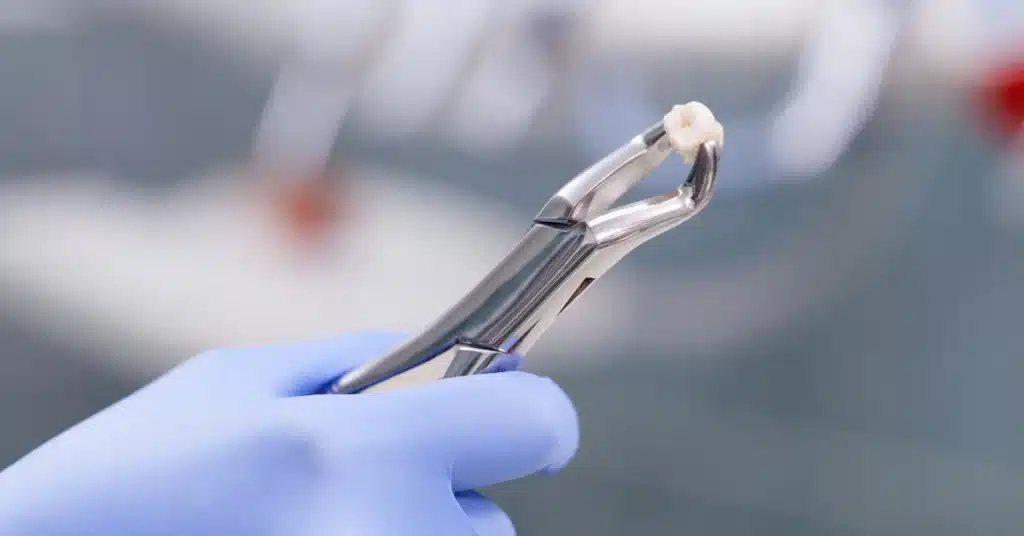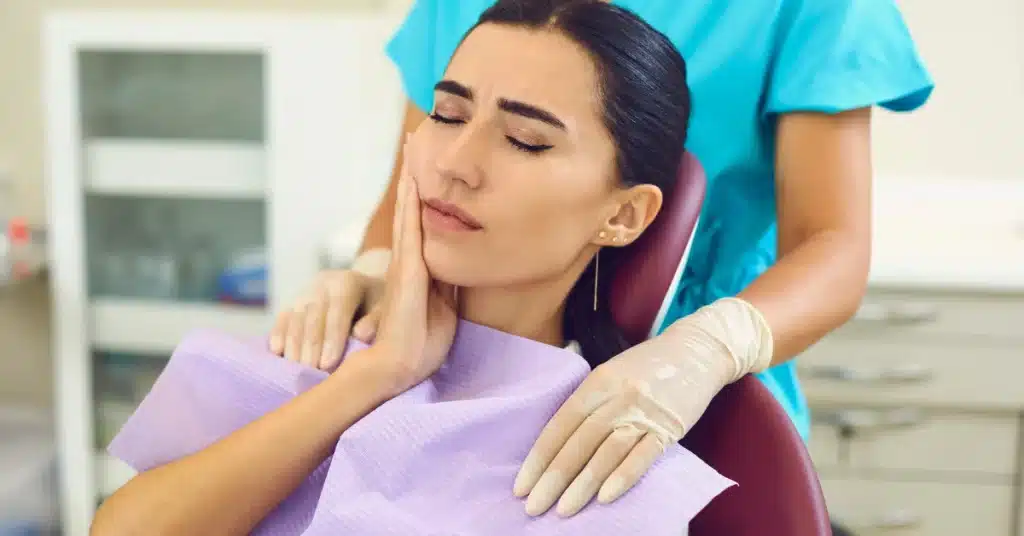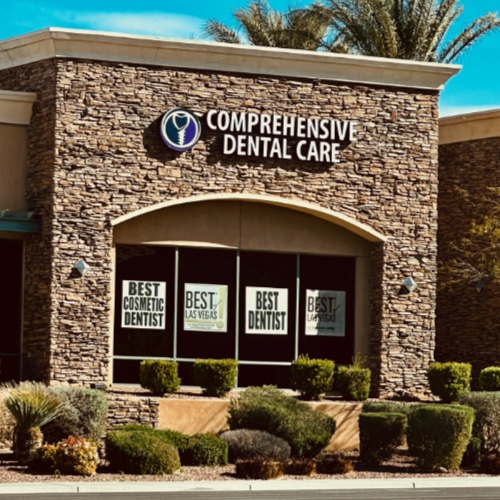Tooth Extraction in Henderson, NV
Gentle, Expert Tooth Removal When You Need It Most
While we always strive to save your natural teeth, sometimes a tooth extraction is the healthiest choice. At Comprehensive Dental Care in Henderson, NV, we provide safe, comfortable tooth extractions for patients experiencing severe decay, damage, or crowding.
Our skilled dental team uses advanced techniques and gentle care to ensure your procedure is as stress-free as possible, helping you heal quickly and move forward with your dental health.

What Is a Tooth Extraction?
A tooth extraction is the removal of a tooth from its socket in the jawbone. Extractions may be necessary when a tooth is too damaged or infected to be repaired, or if it causes crowding or interferes with orthodontic treatment.
At our Henderson office, we offer both simple and surgical extractions, depending on the condition and position of the tooth.
Common Reasons for Tooth Extraction
- Severe tooth decay or infection
- Advanced gum disease (periodontitis)
- Cracked or broken teeth beyond repair
- Impacted wisdom teeth
- Preparing for braces or dentures
- Overcrowded teeth
What to Expect During Your Tooth Extraction
We understand that tooth removal can sound intimidating, but we go out of our way to ensure your comfort every step of the way. Here is what you can expect:
Thorough Evaluation
Digital X-rays help us assess the tooth’s position and plan the procedure
Local Anesthesia
The area is fully numbed for a painless experience
Gentle Removal
We carefully remove the tooth using precise techniques to protect surrounding tissue
Post-Op Instructions
You’ll receive clear guidance to ensure smooth healing
What Happens After a Tooth Is Removed?
After an extraction, it’s normal to experience some mild swelling or discomfort for a few days. Following our care instructions will help you recover quickly. Most patients can return to normal activities within a day or two.
We’ll also talk with you about your tooth replacement options to restore full function and appearance. Leaving a gap untreated can lead to shifting teeth or bite problems over time.


Why Choose Comprehensive Dental Care for Tooth Extractions?
At Comprehensive Dental Care, we provide compassionate, personalized care that puts your comfort first. Here’s why patients trust us:
- Experienced Team: Our dentists have decades of experience performing safe, successful extractions
- Compassionate Approach: We take the time to explain everything and make you feel at ease
- Advanced Technology: From digital imaging to modern surgical tools, we use the latest equipment
- Complete Dental Care: After your extraction, we offer options for replacing missing teeth, including implants and bridges
- Convenient Scheduling: We provide timely appointments and emergency extractions when needed
FAQs About Dental Fillings
Our Patients Say The Nicest Things!
Make an Appointment Today
If you’re experiencing tooth pain, infection, or overcrowding, a gentle extraction may be the right solution. Our Henderson team is here to provide clear answers and supportive care.
Call us today or book your appointment online to get to get expert help and relief.


